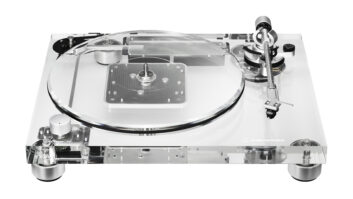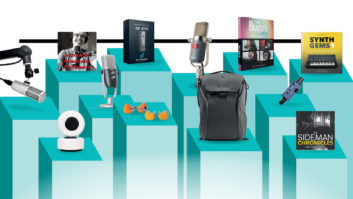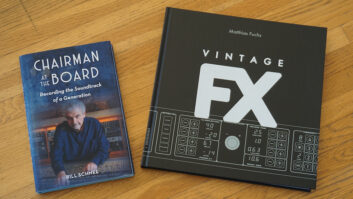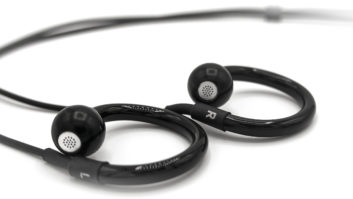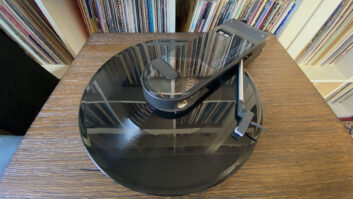Where the hell did 2022 go? I can’t believe it’s already time to direct my late-night, gear-hunting, web-surfing efforts towards gifts for my audio guru friends rather than what I “need” to buy for my own studio.
The gear gets better every year, and there are a host of new (and some not-quite-new) items that are perfect for your gear-loving spouse, business partner or friend. So settle in for this year’s edition of the Pro Audio Gift Guide.
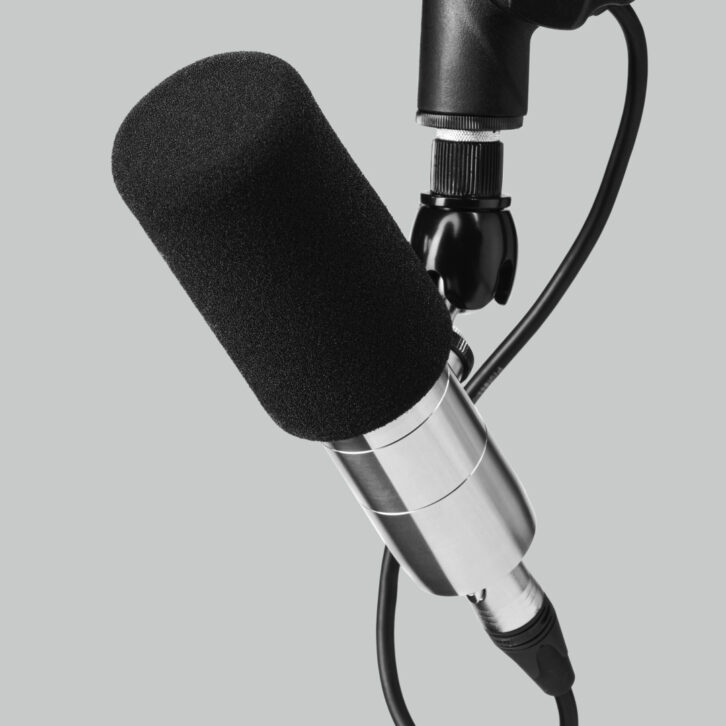
Earthworks ETHOS Microphone
Originally released as a broadcast mic, the Earthworks ETHOS has been dubbed by many as the SM-7b killer. This beautiful, made-in- the-USA mic is virtually flat from 20 Hz – 30 kHz, and it incorporates a full and rich bottom end, along with a smooth and extended top that perfectly complements the clear and present midrange. It’s a vocalist’s holiday dream. While it is a condenser, the supercardioid mic offers the off-axis rejection typical of a dynamic, and it has a 145 dB SPL rating. The mic is fitted with a Triad-Orbit ball-joint mount, making precision placement a cinch.
The big danger with the ETHOS is perceiving it as only a vocal mic. Yes, its design includes an integrated pop screen that tricks you into thinking plosives aren’t real (that is until you throw up another mic), but I’ve used it to capture acoustic and electric guitars, percussion and violin, and it has truly excelled in each of those instances. The mic was originally released for $699 (which in my book is a solid deal), but that price was recently dropped to $399, so pick up a second while you’re at it!
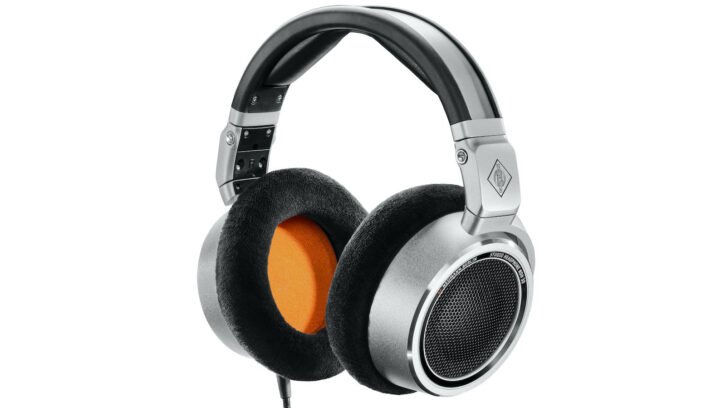
Neumann NDH-30 Headphones
Whether you love or hate mixing with headphones, you’ll likely have to do it at some point, and when you do, the Neumann open-back NDH-30 headphones are a prime option. While closed-back headphones are far more commonplace in the studio because of the isolation they offer, that isolation typically comes at the price of compromised sound. Physically, open-back headphones perform more like speakers than their closed-back counterparts making their translation into the real-world far more accurate. Yes, it’s true, you can mix with these headphones!
The NDH-30 ear cups are perfectly round and larger than what you typically see on headphones, but their padding is ultra-soft and they are amazingly light for their size. You barely know they are on your head, and that remains the case even after several hours of use.
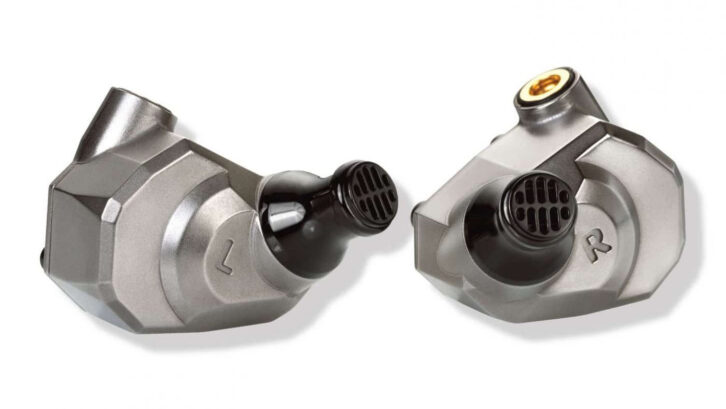
Campfire Audio Ara IEMs
Molded IEMs are great, but they include the headache of having to get fit, hoping the fit is correct and never being able to let someone else give them a listen. Of course, this is offset by the fact that generic IEMs don’t sound on par with molded IEMs. This appears to be changing, though. I’ve been auditioning the Campfire Audio Ara IEMs for a couple of months, and I’ve been extremely impressed with their design, build quality and performance.
Quite a bit heavier than any of my molds, the titanium Aras are hypoallergenic and rustproof. I thought the weight might be noticeable when they were inserted into my ears, but they are so comfortable (they include 11 different ear tip options), they are barely perceivable, and that remains the case even after wearing them for four to five hours. The Aras have a slight top-end boost, but since they don’t block external noise quite as well as molds, the boost is actually helpful when listening on a plane, car or other not-so-quiet environments, as you don’t have to crank the volume to gain intelligibility.
Ultimately, the Aras are inspiring to listen to. I wouldn’t feel comfortable mixing with them, but I’d use them for referencing mixes, and I’d gladly wear them for recording, editing or other similar engineering work.
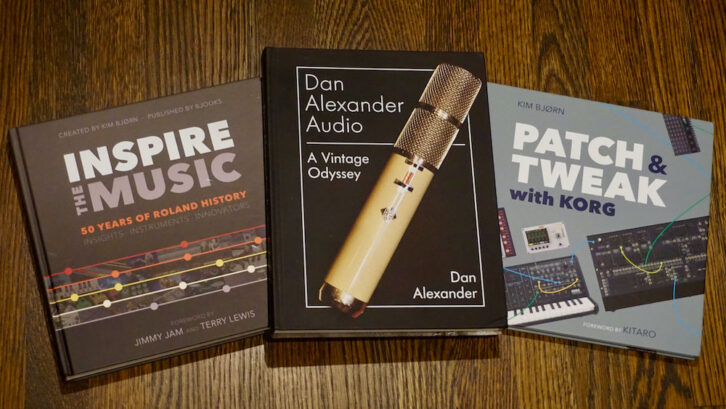 The Bookshelf
The Bookshelf
Whether you’re chilling on the back porch with your favorite cigar or taking a mind-clearing break from mixing the next hit, nothing beats a great book.
Dan Alexander’s Dan Alexander Audio: A Vintage Odyssey is quite possibly the perfect gear book and is the perfect distraction during a tedious all-night session. The book has everything needed to make a studio rat bask in joy (and maybe envy, too!). Alexander’s text is a unique blend of autobiography, journey through history, audio adventure and encyclopedia. And it has tons and tons of amazing photos. Crazy enough, it even includes a listing of the gear, including price and buyer name, of everything the author sold from 1979-2000. Not to mention any names, but I wonder how much that pair of C12s that Jack Joseph Puig bought in 1988 for $5,400 is worth today?
Bjooks has a pair of new books that can’t be missed. The company, founded by Kim Bjørn back in 2017, has released a steady stream of tomes since then without a single dud. This year’s releases—again, not duds—include Patch & Tweak With Korg and Inspire the Music – 50 Years of Roland History:
- Patch & Tweak With Korg is a deep dive into Korg’s wide range of patchable synths. Its coverage includes the MS-20 mini, ARP 2600 M, and volca modular, as well as the SQ-1 and SQ-64 sequencers and the NTS-2 Oscilloscope. If you know nothing about modular synths but want to learn, this book will guide you. If you are already a modular expert, you’ll love this book for its insights into the synths’ designs and the advanced usage tips and tricks. Or if you’re just a fan of the music made with patchable synths, you’ll love the dozens of interviews and stories with and about the engineers who design them and the artists who use them.
- Inspire the Music – 50 Years of Roland History is a look inside one of the most iconic companies in music. The Jimmy Jam and Terry Lewis–crafted foreword will suck you in, and it only gets better from there. The company’s 50-year history is covered through 60-plus articles, 90-plus interviews and hundreds of beautiful photos. My CR-78 CompuRhythm, RE-501 Chorus Echo and D-50 Synth are all included, so I couldn’t be more pleased.
Every Pro Audio Holiday Gift Guide Ever!
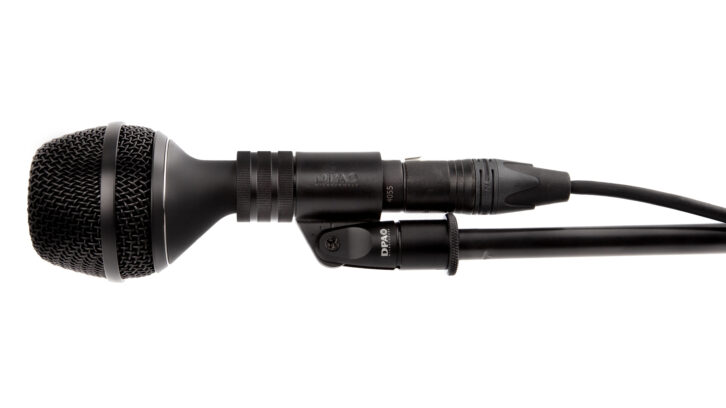
DPA 4055 Kick Drum Mic
The DPA 4055 is the company’s first microphone specifically designed for kick drum. The beautiful, pre-polarized condenser mic has a 20 Hz – 20 kHz frequency response with a 164 dB max SPL, and its design is quite interesting. Rather than building an EQ curve into the mic (like most of today’s kick drum mics), the 4055 is completely flat. Not only does this allow more sonic flexibility in manipulating the mic with equalization and compression, it allows more of the actual sound of the instrument to speak.
Since getting the 4055 a few months back, I’ve used it exclusively for kick drum both in the studio and live, and I’ve been blown away by the results. If the kick drum sounds good acoustically, It sounds good with the 4055 (not always the case with other kick drum mics) and the mic gives you the ability to radically change the kick drum sound by changing the mic’s position.
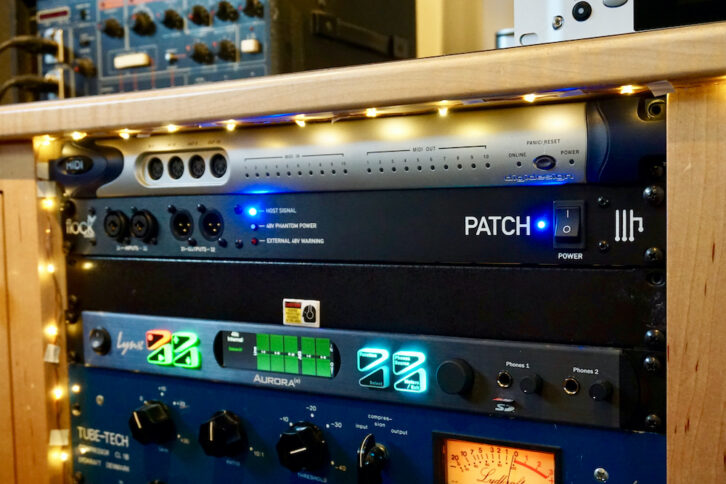
Flock Audio Patch
For those deserving maximum holiday karma, there’s nothing better than incorporating a Flock Audio Patch patchbay ($3,299) into your workflow. This digitally controlled, analog patchbay is the perfect way to bring plug-in convenience to physical hardware. The 64-point system requires no patch cables. Gear is connected to the 1U unit via rear-panel DB- 25 connectors. The patchbay assignments and routings are configured through the Patch App, which connects to the Patch unit via USB. I save the Patch configuration of each song in my project folder, so it is easy to recall each time I open a session.
I’ve had the Flock system up and running in my mix space for six months, and I absolutely love it. The system is truly revolutionary. Imagine being able to add a piece of analog gear to your signal path as easily as you can insert a plug-in. That’s what you have with Flock.

